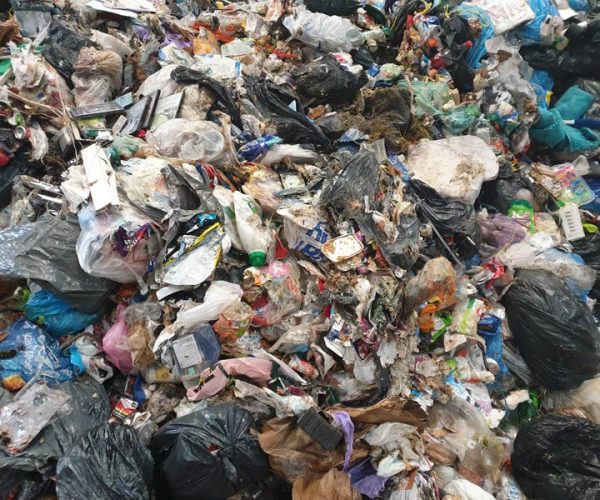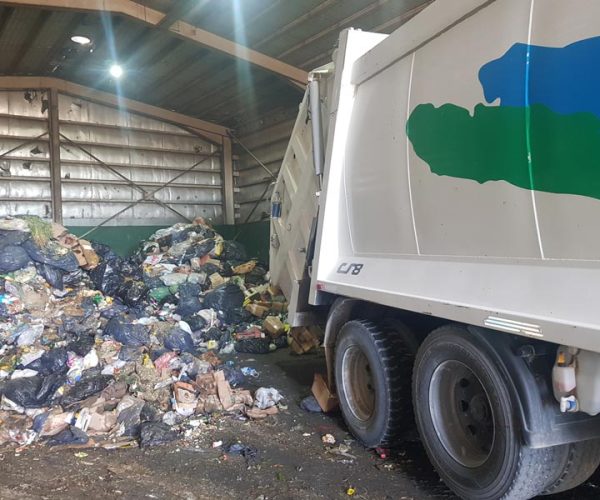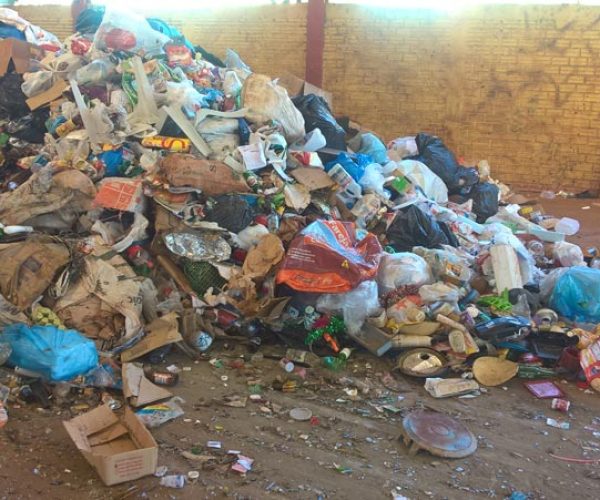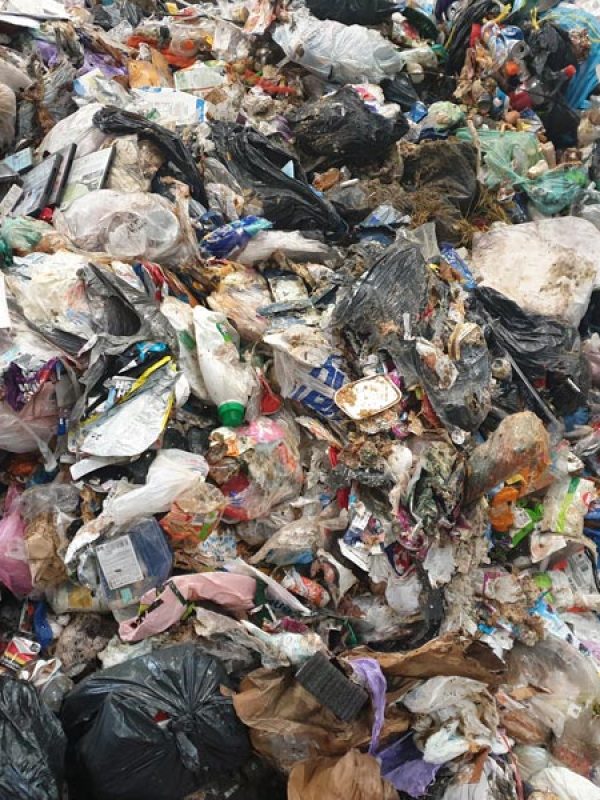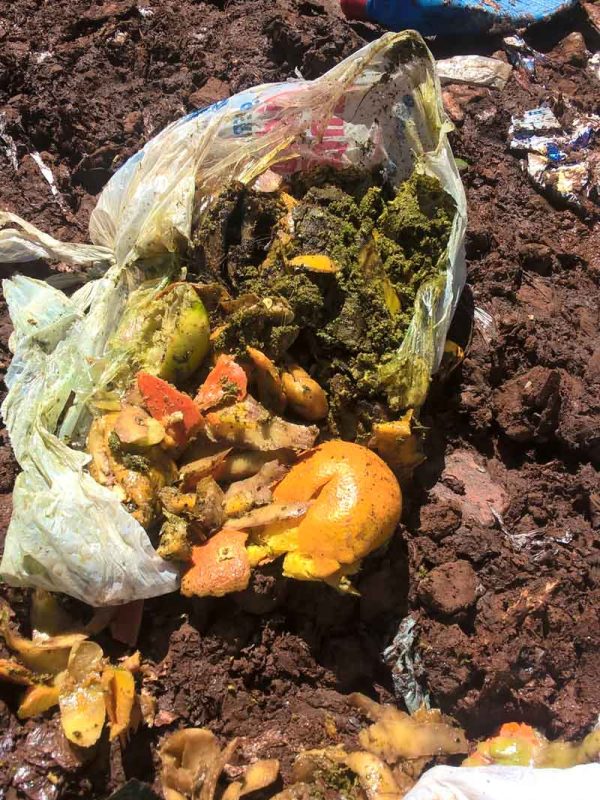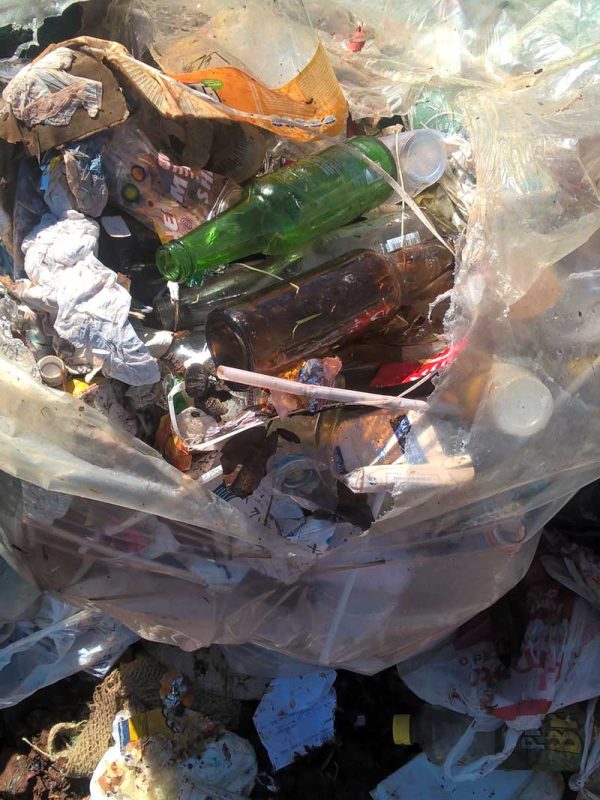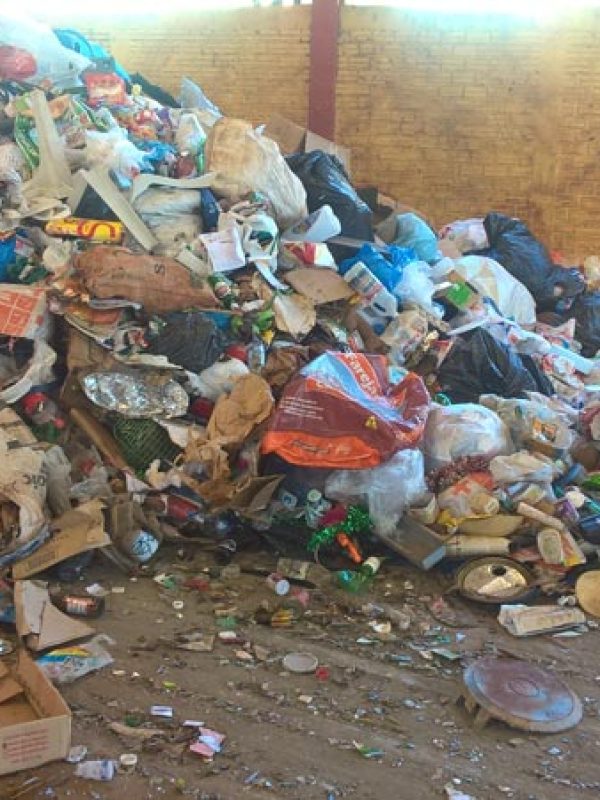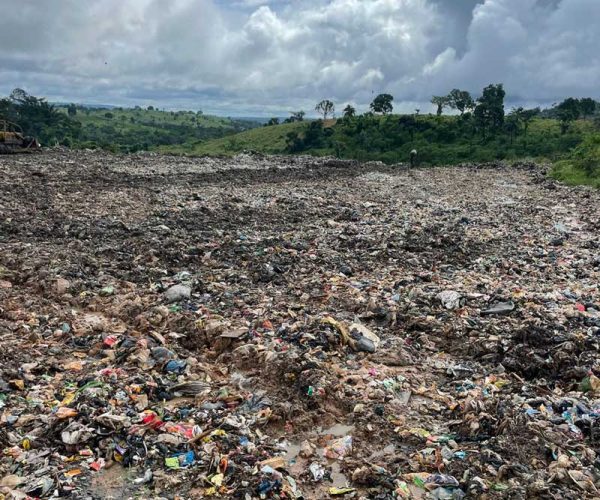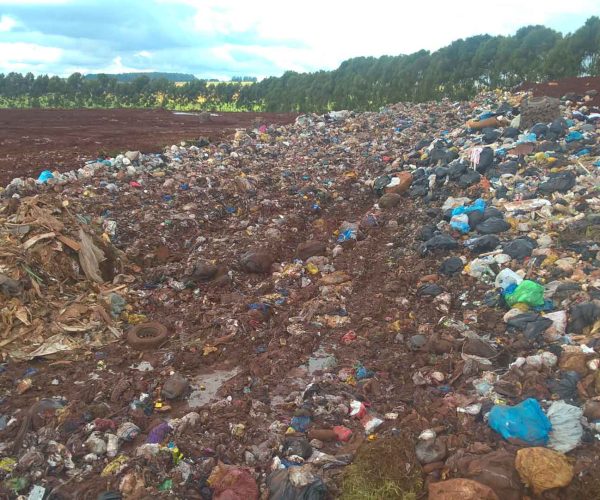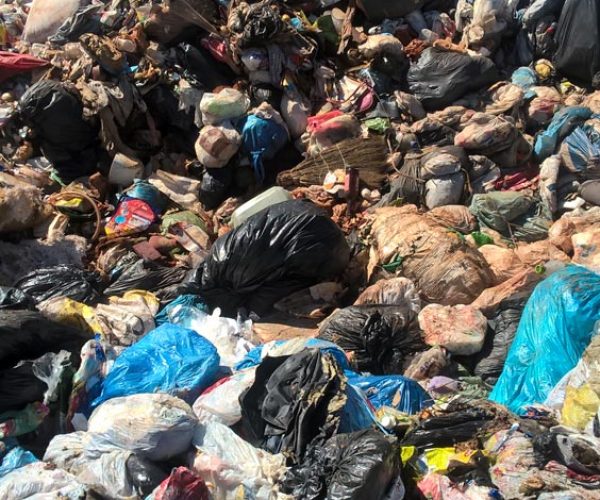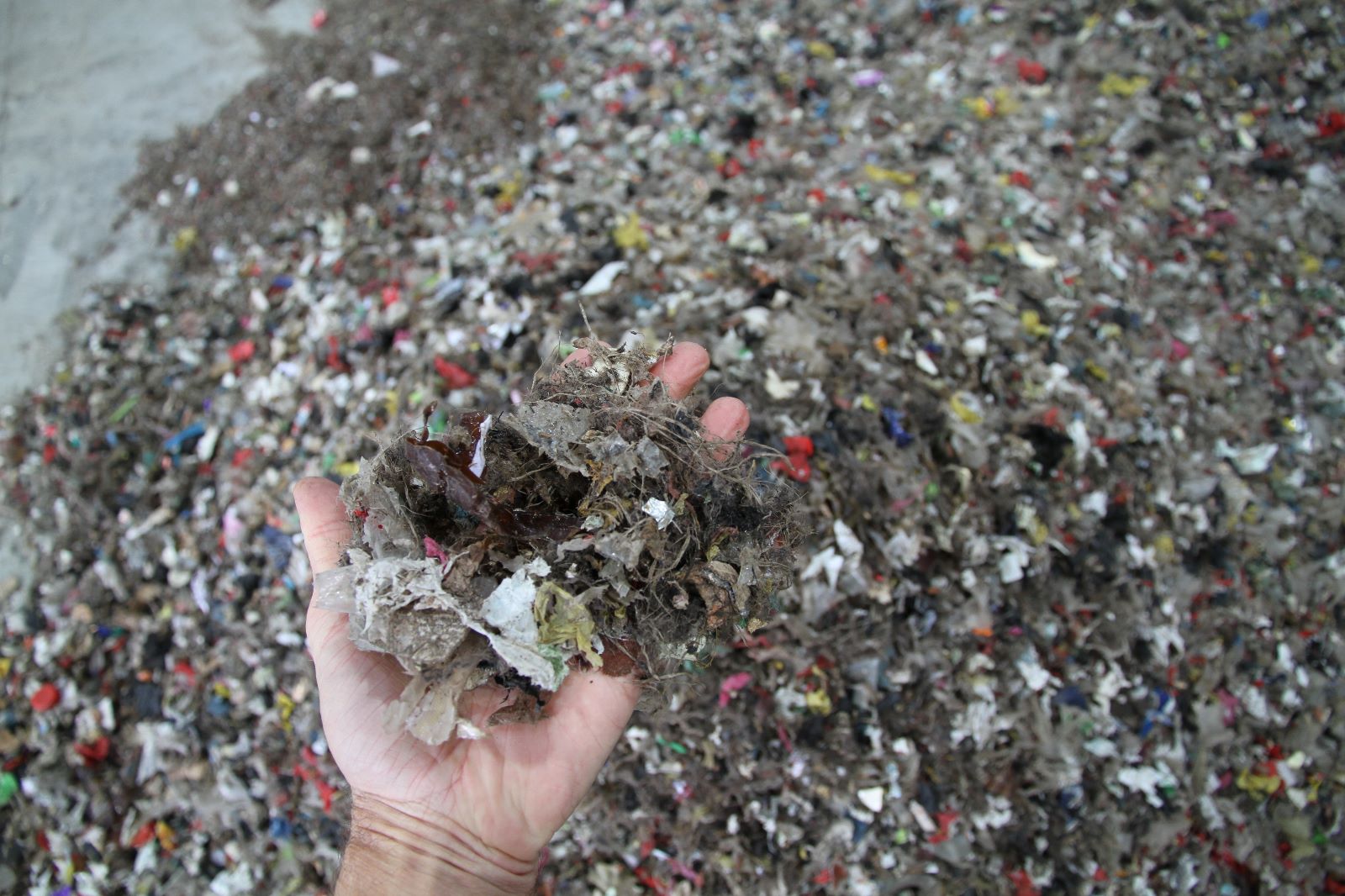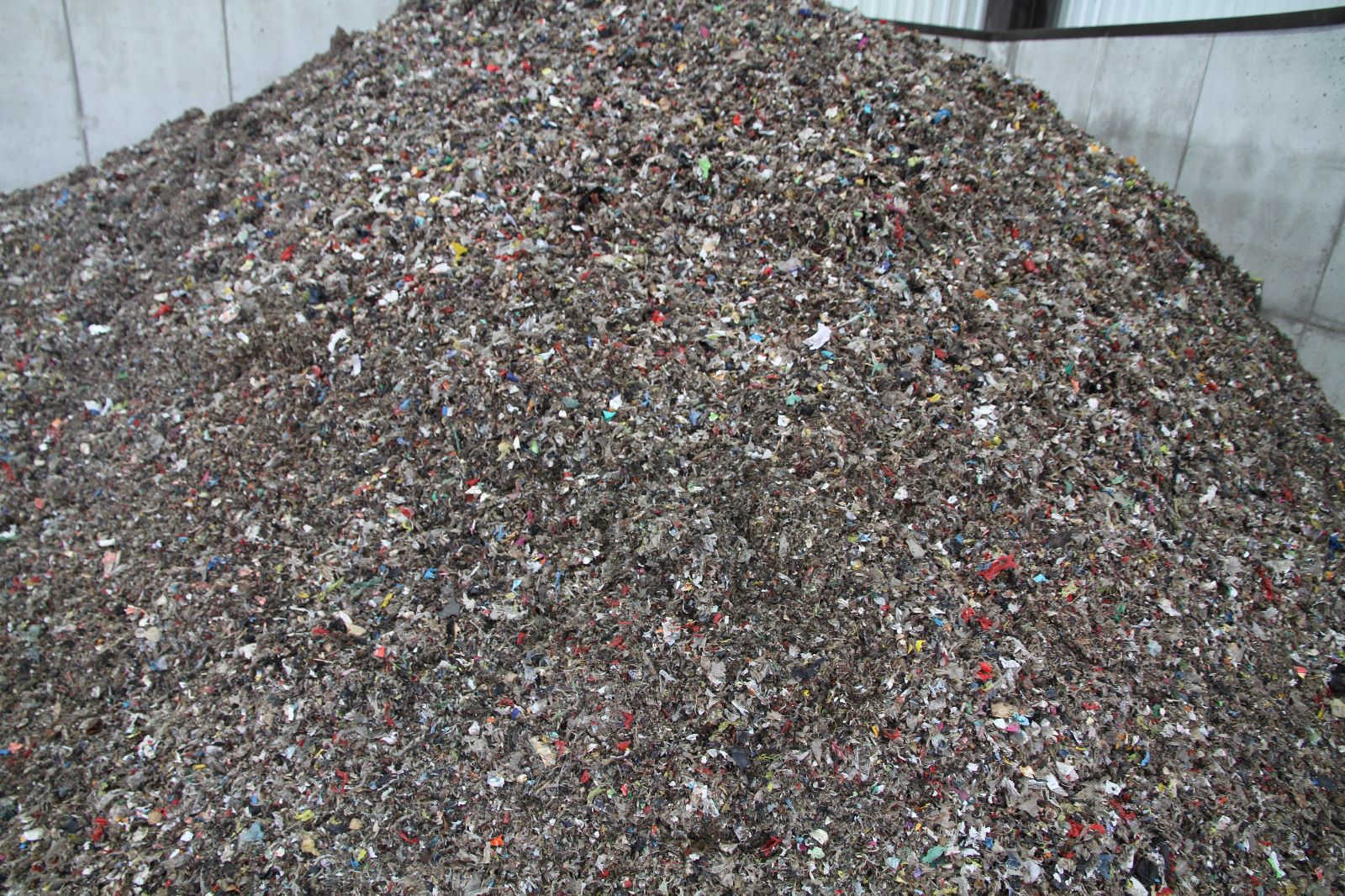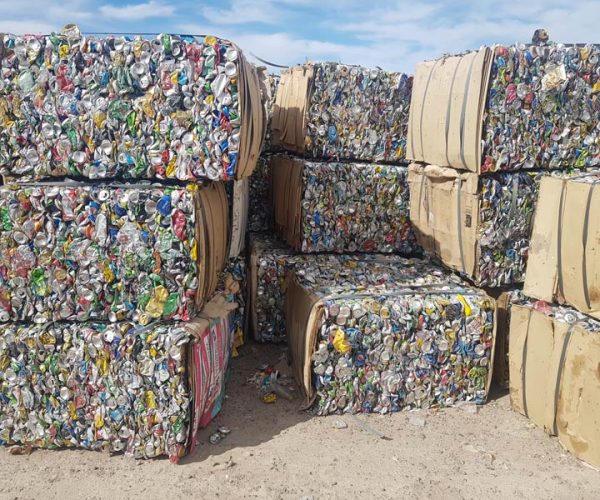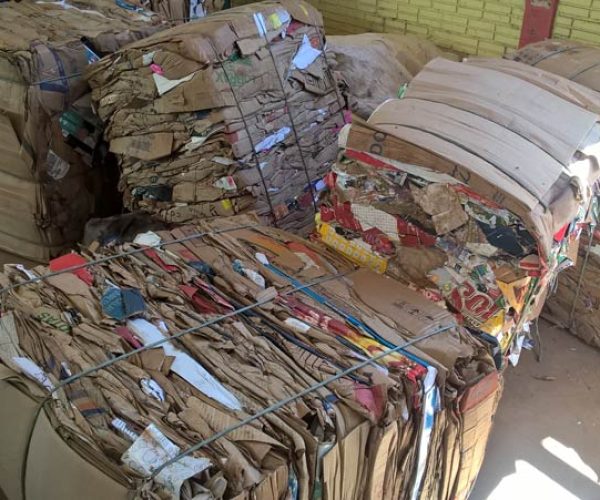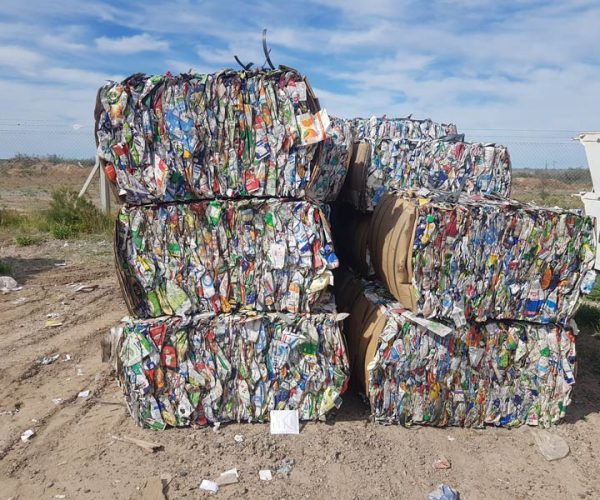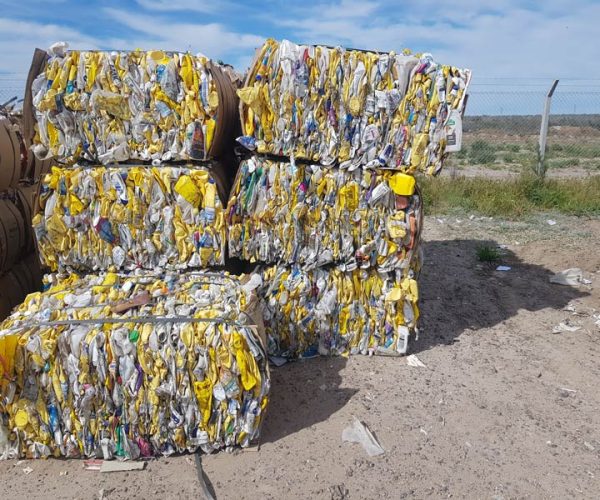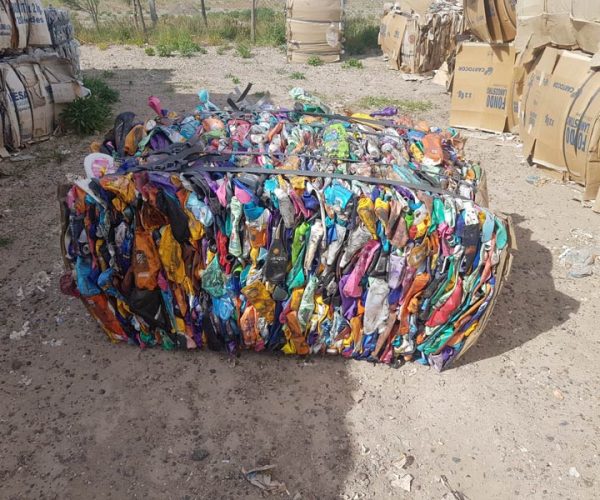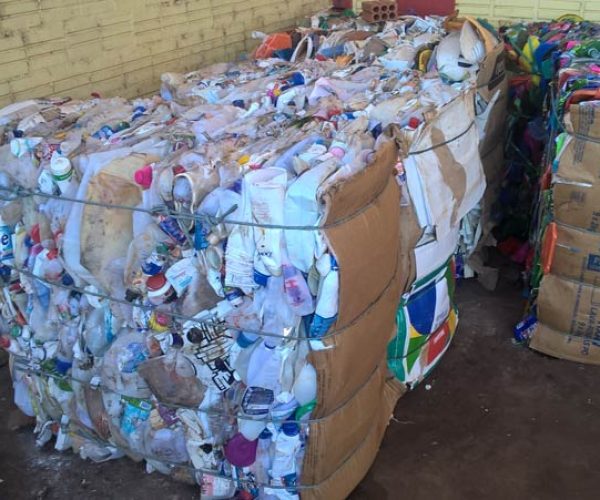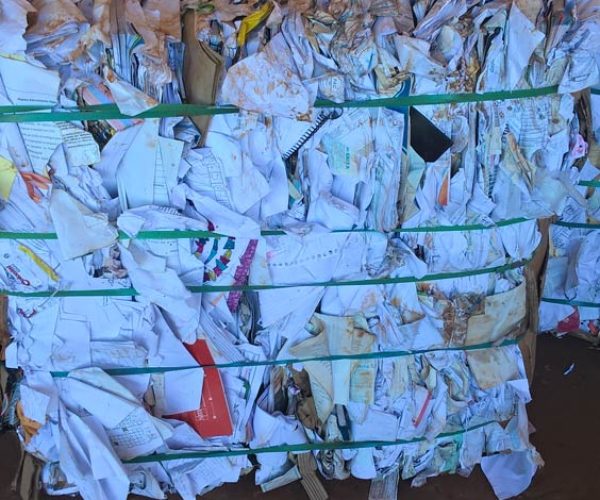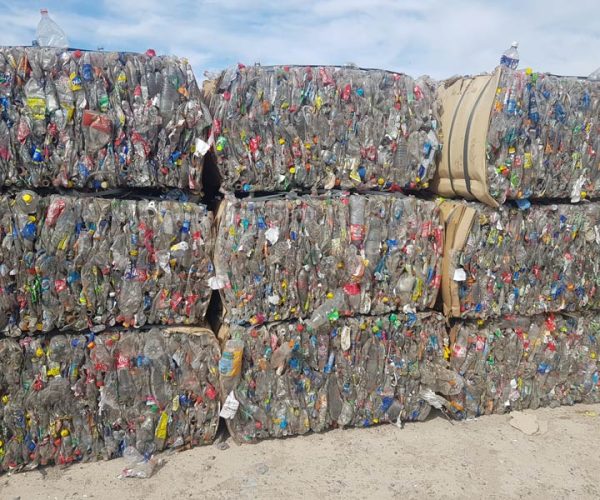MSW FAQ's
What is Municipal Solid Waste (MSW)?
MSW is otherwise referred to as rubbish, garbage, trash or refuse. The term “municipal solid waste” originates from the fact that traditionally, all solid waste (i.e. not sewage) was collected by municipalities. Nowadays, the trend is shifting towards waste collection by private companies, however the “municipal” reference remains in MSW.
Where does MSW come from?
MSW originates from households and businesses, and includes packaging, items that have reached the end of their useful life and disposable products.
What is MSW made up of?
The composition of MSW is often broken down into the constituent “pure” materials:
- plastic
- paper
- cardboard
- glass
- metals
- textile
- organics
- inert material (ceramics, bricks)
- others
The organic portion is typically categorised into food waste (waste from food preparation, leftover food, spoilt food) and garden waste (grass cutting, leaves, yard trimmings).
What other waste streams are there besides MSW?
“Bulky waste” is made up of large items that are not routinely thrown away (i.e. furniture, large appliances, and mattresses). Construction and demolition waste (C&D) is the result of toppling old buildings and constructing new ones, and is mostly made up of bricks and mortar, wood, glass and metal (pipes, cables). Medical waste originates from hospitals and is typically collected and treated separately. Hazardous waste consists of substances containing heavy metals, toxins and other hazardous materials, which mostly originate from industry. MSW may contain portions of the above waste streams.
What are the treatment options for MSW?
Historically all MSW was landfilled. In the developing world this is still widespread since it is the cheapest option. Incineration was introduced to reduce the mass of waste and recover energy. Nowadays, the trend is shifting towards mechanical biological treatment to allow recycling of certain fractions.
What is landfilling?
Landfilling is a traditional waste disposal route, whereby the waste is dumped in a designated area, without prior sorting or extraction of any fraction. Landfills have advanced from unprepared pits to lined basins which capture leachate and prevent contamination of ground water. More advanced landfills are capped to prevent rain penetration, and landfill gas may be extracted and either flared or used beneficially.
What are the problems with landfills?
Simply, landfilling all waste is unsustainable by definition, as nothing is reused, recycled or recovered.
Greenhouse gas emissions: Organics decaying in landfills are a huge contributor to global greenhouse gas emissions, since methane is formed which is a far more potent greenhouse gas compared to CO2.
Vermin: Landfills attract birds, rodents.
Water pollution: Leachate, a hazardous mix of all sorts of substances, seeps out of landfills. If not lined, this contaminates water bodies.
Wind pollution: Waste is blown from landfills into the environment.
Odour: Landfills cause a foul smell.
What is incineration?
Incineration in the context of MSW means controlled thermal combustion of the waste in a furnace. Typically, the energy released is used beneficially to generate electricity via steam turbines. The main aim of incineration of MSW is the reduction of the mass of the waste. After incineration, “bottom ash” remains, which is the inert material (glass, metals, ceramics and rubble).

What is MBT?
MBT is an acronym for “Mechanical Biological Treatment” and it is a waste treatment solution that employs mechanical and biological processes. Mechanical steps are typically bag opening, screening, metals separation, wind-sifting and shredding. The biological process was traditionally aerobic treatment of the waste, such as composting, bio-drying or stabilisation. Nowadays, an improved biological route is anaerobic digestion of the organics from MSW, with the benefit being that the resulting biogas contains useful energy, whereas aerobic processes consume energy.
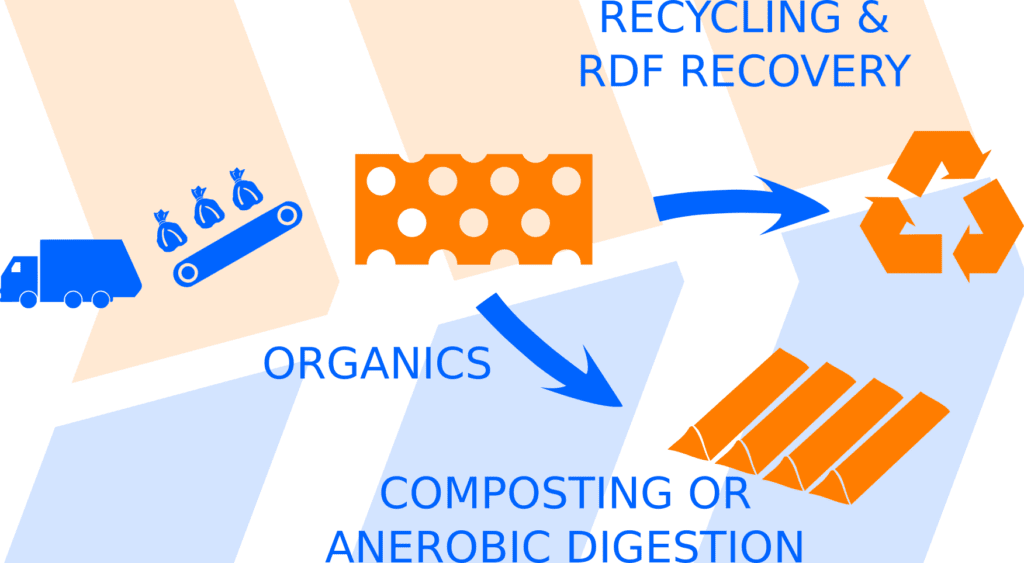
What is a MRF?
MRF stands for “Material Recovery Facility”, where waste is treated and some fractions of the waste are recovered. Typically, a MRF houses bag openers, screens, metal separators, and manual or automatic sorting equipment. The extracted fractions are typically sent for recycling and/or RDF is produced.

What is RDF?
RDF stands for “Refuse-Derived Fuel” and is typically a mix of combustible solid material (plastic foils & containers, paper, card, textiles) extracted from a waste stream. RDF is produced by removing moist and heavy materials from waste, resulting in a highly energetic fuel. RDF is typically used in cement kilns and other large industrial processes.
What is recycling?
To most people, recycling means substances that were disposed of are collected and re-introduced into a process to give the material a second life. Some countries and organisations define extracting energy (not a substance) from waste as recycling, such as incinerating waste and producing electricity.
What is separated waste collection?
There are various permutations of waste collection where waste is divided in a practice known as “source separation”.

The “one bin” system is the historic approach to waste collection, whereby all waste is collected in one bin.

The “two bin” system typically refers to having one bin for dry and recyclable material (clean plastic foils & containers, paper, card, cans, glass), while the second bin is meant for organics and “true waste” (un-recyclable material such as dirty/wet/oily plastic & paper, diapers, ceramics, textile, dust, etc.).

The “three bin” system is similar to the two bin system, except that the organics are collected in a dedicated bin, facilitating the beneficial use of organics, for example by anaerobic digestion (biogas) or composting. These organics are referred to as “Source Separated Organics” (SSO).
Glass and paper are materials that are sometimes collected separately, either by collection or having publicly available containers.

